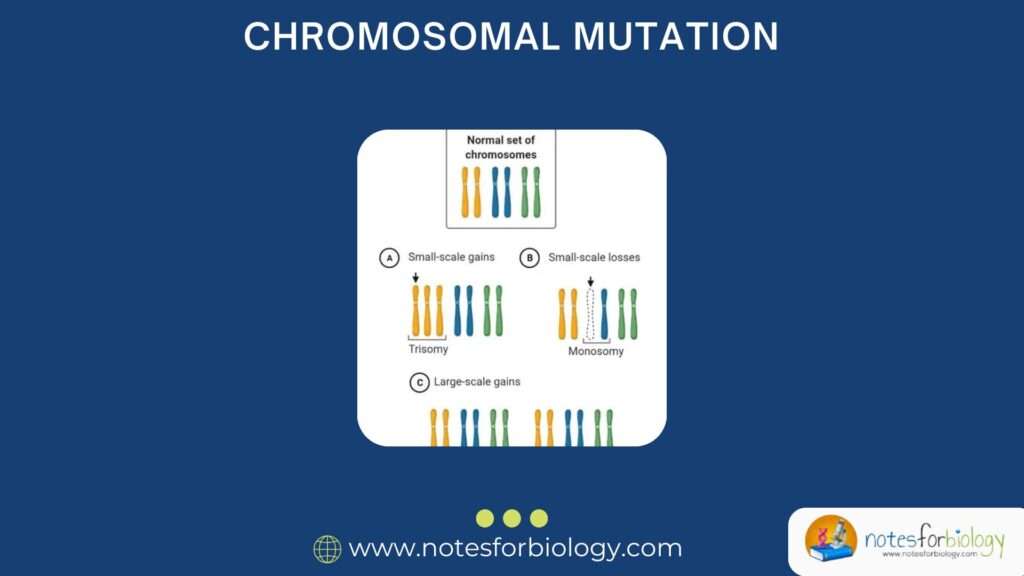Circulatory System of Earthworm
Introduction The circulatory system is a transport system that moves nutrients, gases, hormones, and waste products throughout the body. In earthworms, it plays a crucial role in maintaining life processes, even though they lack complex organs like a heart or lungs. The earthworm may seem like a simple, lowly creature squirming through the soil, but […]










